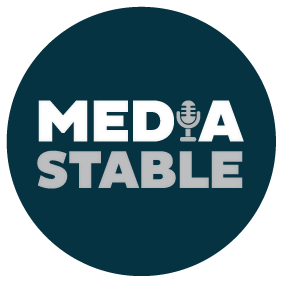#MeetTheMedia – 10 observations and takeaways
After what was arguably our best #MeetTheMedia from the last five years I felt the words from an attendee and supporter of the event Charles Fairlie, summed up beautifully the key takeaways. Charles is the publisher of “50 Unsung Business Heroes” and penned these words on his LinkedIn profile. I liked them so much that I asked Charles for permission to use them in this week’s blog.
Essential tips if you want to build your profile as a subject-matter expert through free PR in the mainstream media.
- Always be available. Access is key. Your phone has to be on and answered at 5am if you’re pitching to breakfast radio, for example. Media won’t call you more than 1-2 times.
- Generic press releases are usually ignored. They get hundreds every day. Press releases have to offer something different. Preferably exclusives. The media won’t be keen if they see your story offered to other media.
- Email is preferred first point of contact. Subject line becomes critical. Personalise the greeting. Know who you’re targeting and the type of audience. Put the important message first. Keep it short and sharp.
- It’s all about the story not a product. Journalists are all still human beings, so if the story is emotional and touching it can help. Human interest stories work best.
- Ask yourself why anyone would care? e.g. a story about your new office or tenth anniversary. Who really cares? The best tip: Join Media Stable to leverage your profile.
In a second part to his LinkedIn post Charles went on to say:
- To become the “go-to” person or expert, you have to persist… keep going, and be good at it. Keep offering your reactions and comments. React to news items and comment on other stories. Don’t be shy.
- Media is hungry for content all the time. They all need decent content to fill the pages or airtime. Especially after an election, or at the end of the football season, most media has a lot of time to fill, especially weekends.
- There has to be a good angle or a sound reason for the chat. But don’t raise problems, suggest solutions instead. What positives will the listener get from your input? Provide tips and advice, not criticisms. No one likes to feel bad.
- With Radio and TV (less so), think about the time of day you’re pitching your story to… for example, a lot of what goes to air on drive radio is a reaction to that day’s main stories.
- Get to know the journalist or producer and become a regular consumer of their media. Be in touch with them regularly. Forming a relationship beforehand is better than a cold first approach.
Written by Nic Hayes with the LinkedIn contributions by Charles Fairlie
